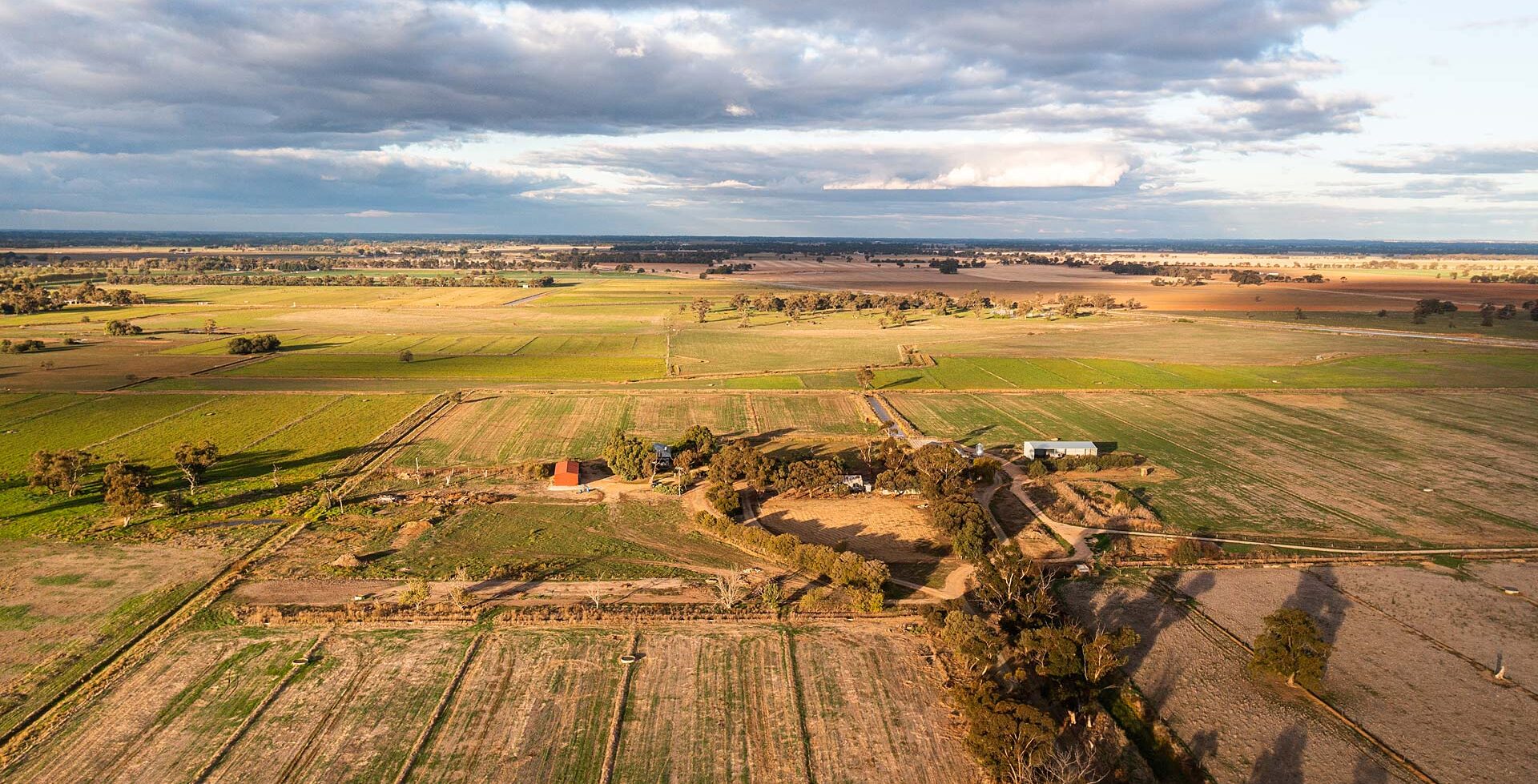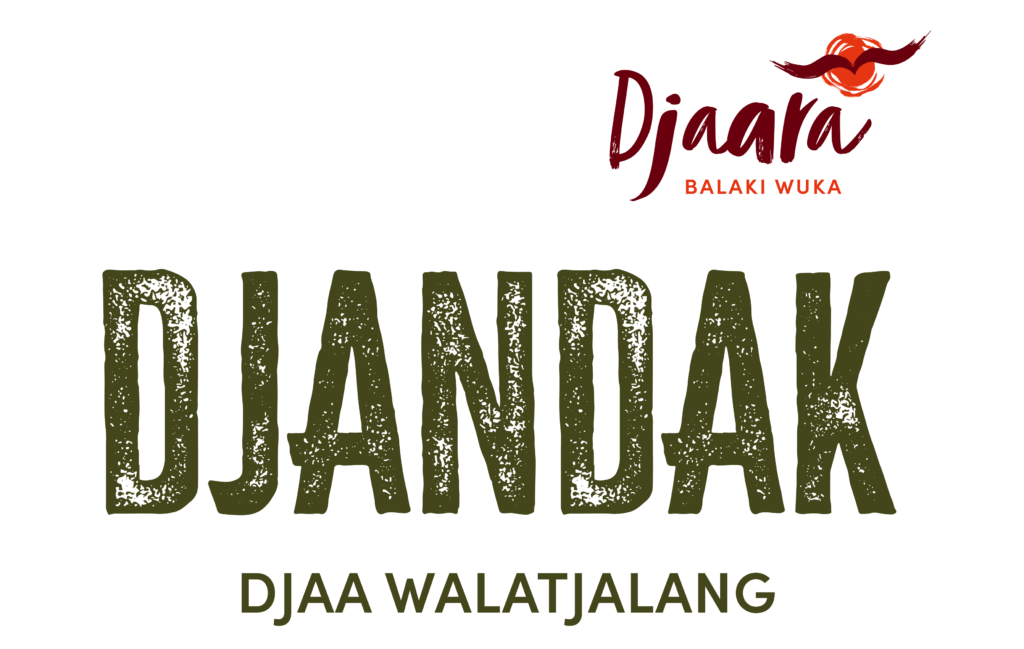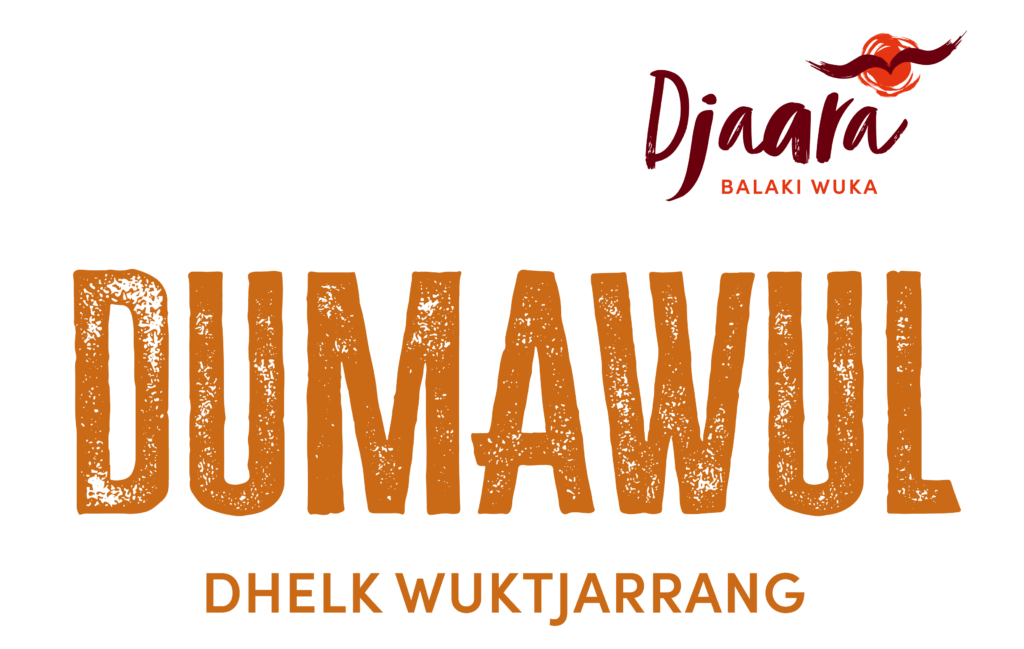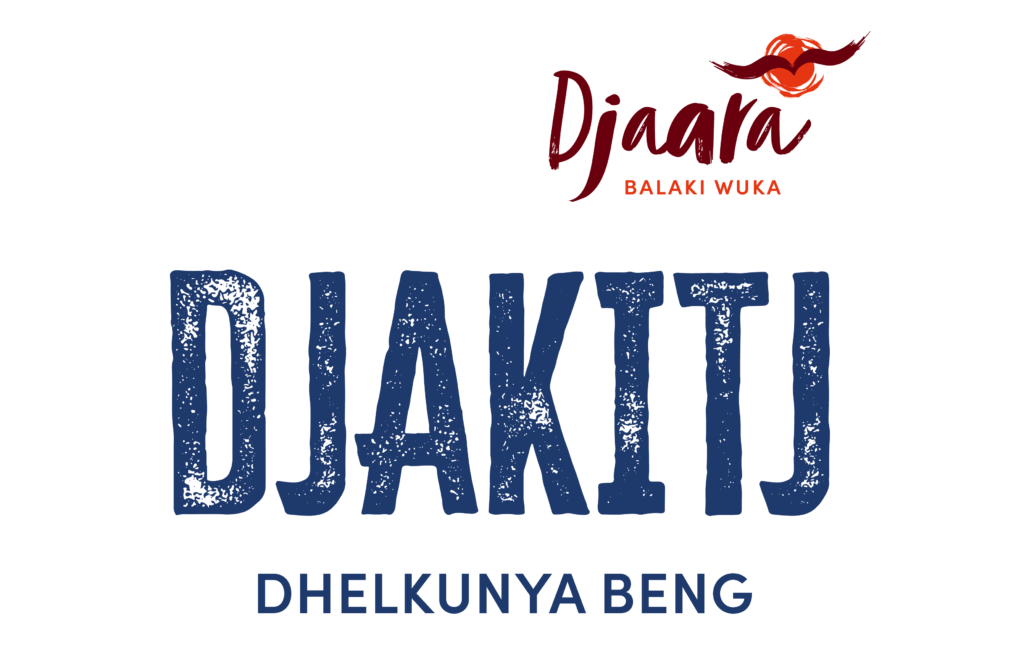dhelkunya beng | nourishing the body
Womindjika (Welcome) to Djandak (Dja Dja Wurrung Country).
DJAKITJ is a new bush foods business being developed by DJAARA (Dja Dja Wurrung Clans Aboriginal Corporation). We are researching, developing and growing traditional native ingredients that have cultural importance to Djaara People of central Victoria, Australia.
Our purpose is to produce traditional foods locally using Djaara cultural knowledge. By applying Traditional Ecological Knowledge (TEK) with modern technology (tech) we will be able to offer this exciting new range of food products for the marketplace.
The DJAKITJ Enterprise represents the return to Dja Dja Wurrung ownership of our own land where we are reestablishing Djaara customs and cultural practices not only for our People, but for all Australians. Through DJAKITJ we are meeting our cultural obligations as Traditional Owners by being effective land managers of Djandak.
Giyakiki | Our story
Djaara (Dja Dja Wurrung People) have lived on our traditional lands and cared for Djandak (Country) for tens of thousands of years.
For thousands of years Djaara have lived on and sustainably managed Djandak. Djaara continue to teach the next generation by sharing cultural practices, customs, stories and knowledge.
At DJAKITJ, we use traditional knowledge and contemporary agricultural techniques to plant, harvest and manage bush tucker in the landscape. We know how to manage Djandak in the right way, as told to us by our Ancestors.
Native Australian ingredients are known as ‘Bush Tucker’. We want to showcase Djaara native ingredients that are grown on Djandak and that have been traditionally eaten by Djaara People. These foods are native to Central Victoria and can be combined with other Australian bush tucker and foods from around the world to create new recipes and taste experiences for everyone to enjoy. Growing native foods locally generally means that they have lower water and nutrient requirements to cultivate them. They have a big role to play in sustainable agriculture and farm management.
2013
The Recognition and Settlement Agreement 2013 was established with the State Government of Victoria
2014
The Dhelkunya Dja (Country Plan) is established which outlines a goal around bush foods
2018
The vision around Yabby Farming & developing Djaara Native Ingredients is born
2019
Murna (Yam Daisy) is planted in Yapenya by the Dja Dja Wurrung Women’s Knowledge Group including PhD students from Latrobe University
2019
Research into the viability of producing Kangaroo Grass begins
2021
Partnerships are developed and funding is established to purchase and develop the DJAKITJ farm
2023
DJAARA purchases land on Djandak (Dja Dja Wurrung Country) and launches the Enterprise at the DJAKITJ farm
Dja Dja Wurrung Enterprises, trading as DJAKITJ, is committed to a thriving, independent business in our contemporary economic world. We do this by working closely with partners to bring our heritage into current and future developments on Djandak. Please contact us to talk about partnerships.
We are proud to work and walk with the following organisations.
We are guided by the Victorian Traditional Owners Native Foods and Botanicals Strategy.
We receive support from the Bushbank program.
HOW TO USE THESE RESOURCES
We provide these resources and important documents as a learning tool. They are shared to give an insight into the goals, aspirations and knowledge of DJAKITJ and Dja Dja Wurrung People.
This content is not to be misused or published without prior consent.

Buwatj | Kangaroo Grass
Themeda triandra
Buwatj is a lower water use perennial grass found in temperate grasslands, a habitat now considered to be endangered or threatened. It does not do well under heavy grazing pressure but benefits from Djandak Wii (Cultural Fire) as a management tool to promote healthy growth and enrich the soil. The seeds are ground to create a healthy type of flour which can be used to make bread, damper, cakes and other foods.
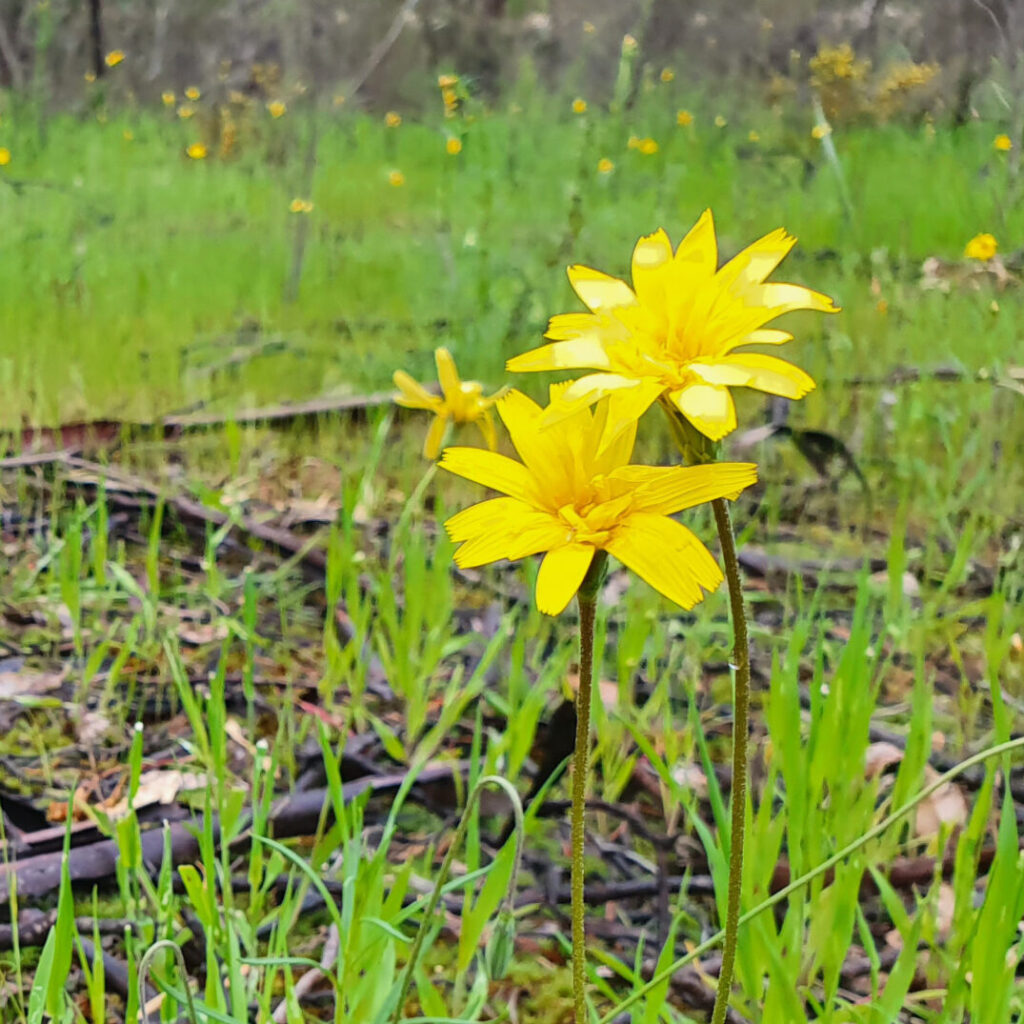

Murna | Yam Daisy
Microseris lanceolata
Murna is a small yellow flowering grassland plant that produces edible tuberous roots which can be eaten raw or cooked. It was a staple food and once covered vast areas of central Victoria before it was heavily impacted by introduced grazing animals. Cultural practices and Ceremony are being revived as we relearn how to grow this valuable crop again.
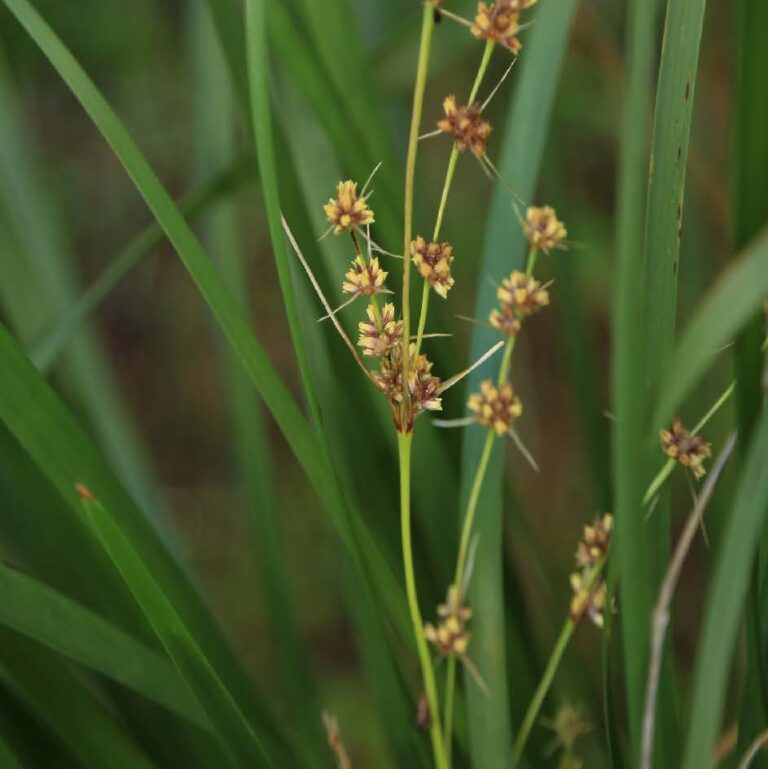

Witji | Spiny-Headed Mat-Rush
Lomandra longifolia
Witji, is a perennial, clumping herb found throughout Eastern Australia. It’s strappy leaves are used for weaving many different objects and it’s an art form which takes practice and brings people together. We want to ensure there’s enough of this plant to continue renewing our cultural practices and develop economic opportunities for Djaara.
Witji can be identified by its spiny head on the end of its flowering stalk.
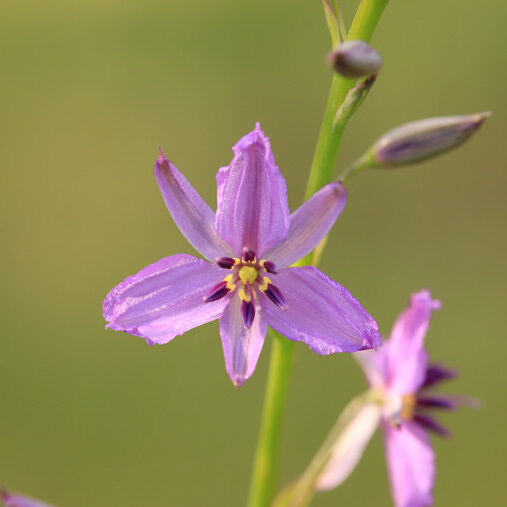

Gitjawil Matom | Chocolate Lily
Arthropodium strictum
The name Chocolate Lily comes from its chocolate scented flowers. Similar plants are called Vanilla Lilys which smell more like vanilla. The underground tubers of this perennial herb are like sweet potato or yams and can be used in many different recipes if you have enough of them and are willing to sacrifice the scented flowers.


Dhurrung Wurrkuk | Black-Anther Flax-Lily
Dianella admixta
Dhurrung wurrkuk are broad soft strappy leafed plants used for weaving, and include many different Dianella species. Djaara women split the leaves and weave baskets, nets and eel traps. The purple berries can be used as a dye. This plant has many cultural uses and economic potential.


River Mint
Mentha australis
Scented plants such as River Mint are traditionally used for medicinal purposes such as treating coughs and colds. The leaves can be crushed and inhaled. As the local ‘mint of choice’ it is also enjoyed as an edible herb, used in teas, cocktails, salads, desserts or sprinkled over your roast dinner.














